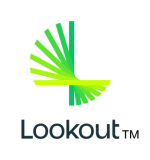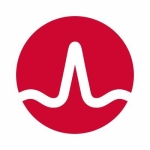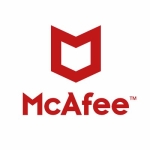I use the solution in my company so that whoever the mobile users are and those who use the corporate applications, we can secure communication from the corporate application to the outside network. My company uses Check Point Harmony Mobile through the browser to secure our applications, as well as to secure the communication between customers and other users.
The most effective features of the product stem from its ability to deal with areas like data security and application security while also being useful to users who use mobiles in roaming mode and those who use a personal mobile phone with corporate applications in it.
At times, when configuring policies, the tool takes some time to apply the policy. If I configure a new policy and apply it to the management console, it may take time. The product should work on policy enforcement so that users can quickly enforce the policies within a fraction of a second.
I have been using Check Point Harmony Mobile for three years.
Stability-wise, I rate the solution a nine out of ten. Some customers of the tool face some issues in their environment with respect to policy enforcement.
It is a very easily scalable solution.
My company deals with a very limited set of customers of the product. The tool's competitors have been very aggressive with the mobile browser part, especially the ones offering MDM solutions. Those who use firewall products from Check Point are very happy to acquire and use Check Point Harmony Mobile.
As and when required, the solution's technical support helps users with troubleshooting. The solution's technical support is good, and it responds quickly.
The product's initial setup phase is very straightforward.
For the product's deployment phase, you just need to install the agent to the end user and configure the policy on the cloud management console.
The solution's deployment phase is a one-day task.
In terms of ROI, the product helps secure your application, mobile, and data.
There is a need to make yearly payments towards the licensing costs attached to the product. You can opt for a one-year, three-year, or five-year license. There is a separate team that handles the pricing part of the product, and depending on the customers or order quantity they handle, I believe that 60 or 70 percent discounts on the prices are offered. There are no additional costs attached to the product.
The tool helped prevent potential security threats whenever some users communicate from their mobile with someone outside our company since, at such a time, the product secures the communication as well as the data. With the tool, no confidential data goes outside from the inside of our company. Our company can block data leakage from mobile phones to the outside environment of our organization.
The threat detection and response capabilities of the tool benefit the company in scenarios where a user wants to send out some confidential data outside the company through the browser, which would not be possible If the organization uses Check Point Harmony Mobile. The tool shows how our company can secure the user, as well as how we can prevent data leakage from the inside to the outside of the organization.
The product provides users with ease of management. It is a simple tool that allows users to configure some of the policies for a user or a user-based group and apply them to the solution.
According to Gartner's website, the tool's stability and support as a security provider places it in the leader category.
The tool helps respond to emerging corporate threats, especially those who use corporate applications on their personal devices. If you want to secure your corporate applications, you have to adopt Check Point Harmony Mobile.
If you use corporate applications on your personal mobile device and you want to secure your applications and data, then you have to use Check Point Harmony Mobile.
I rate the tool a nine out of ten.












